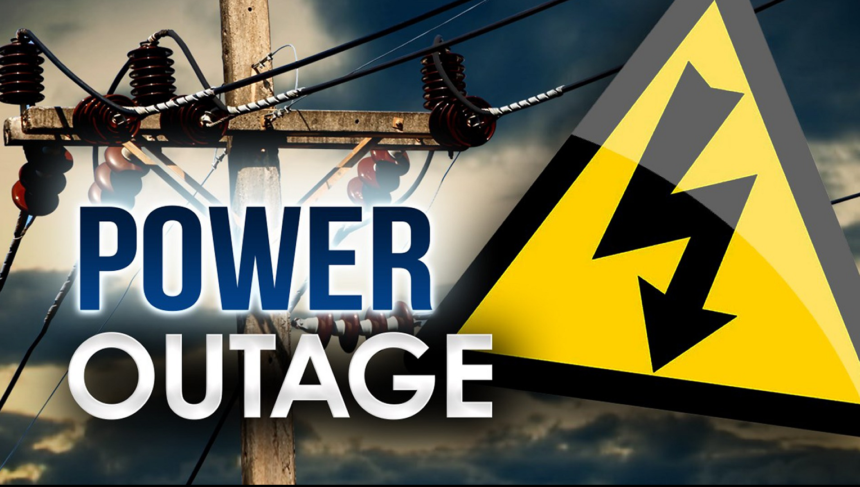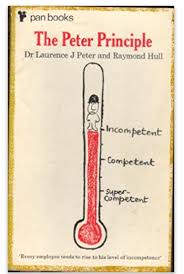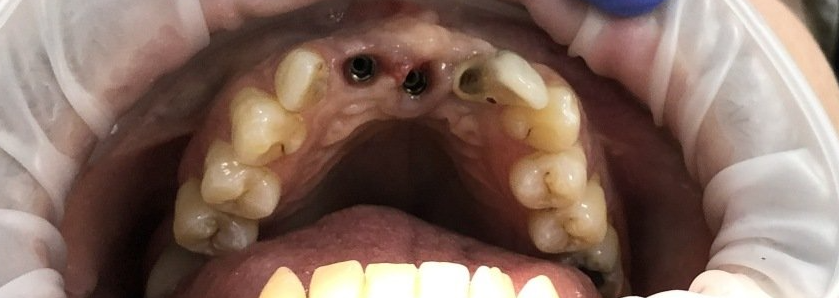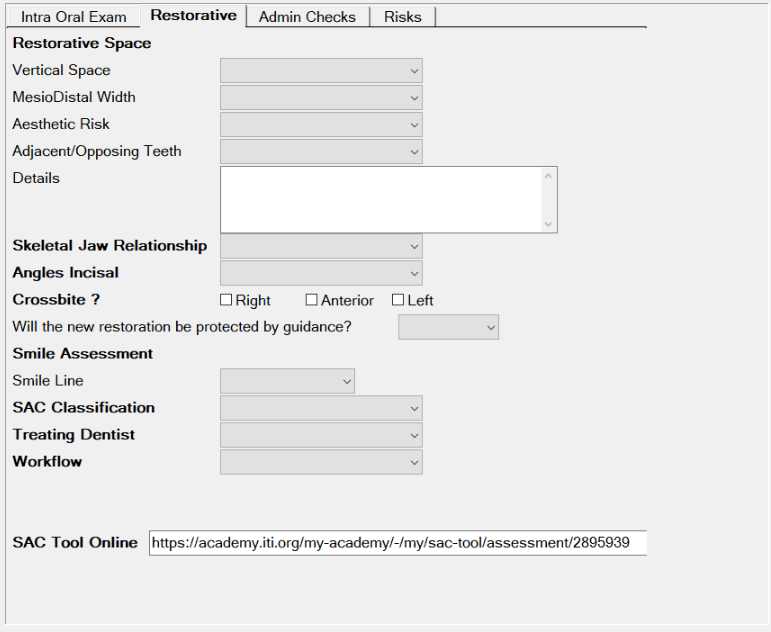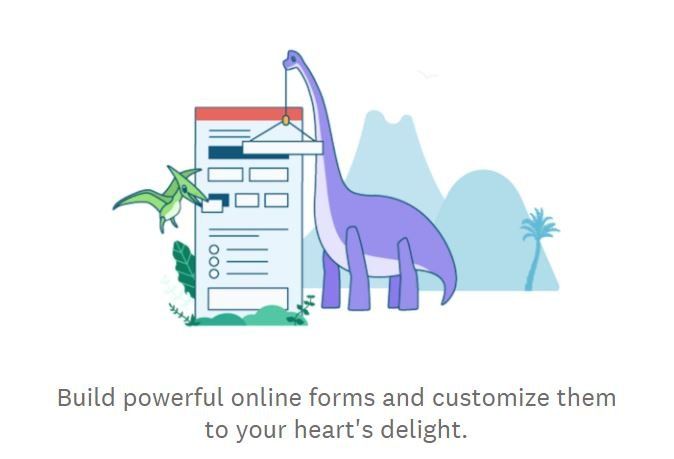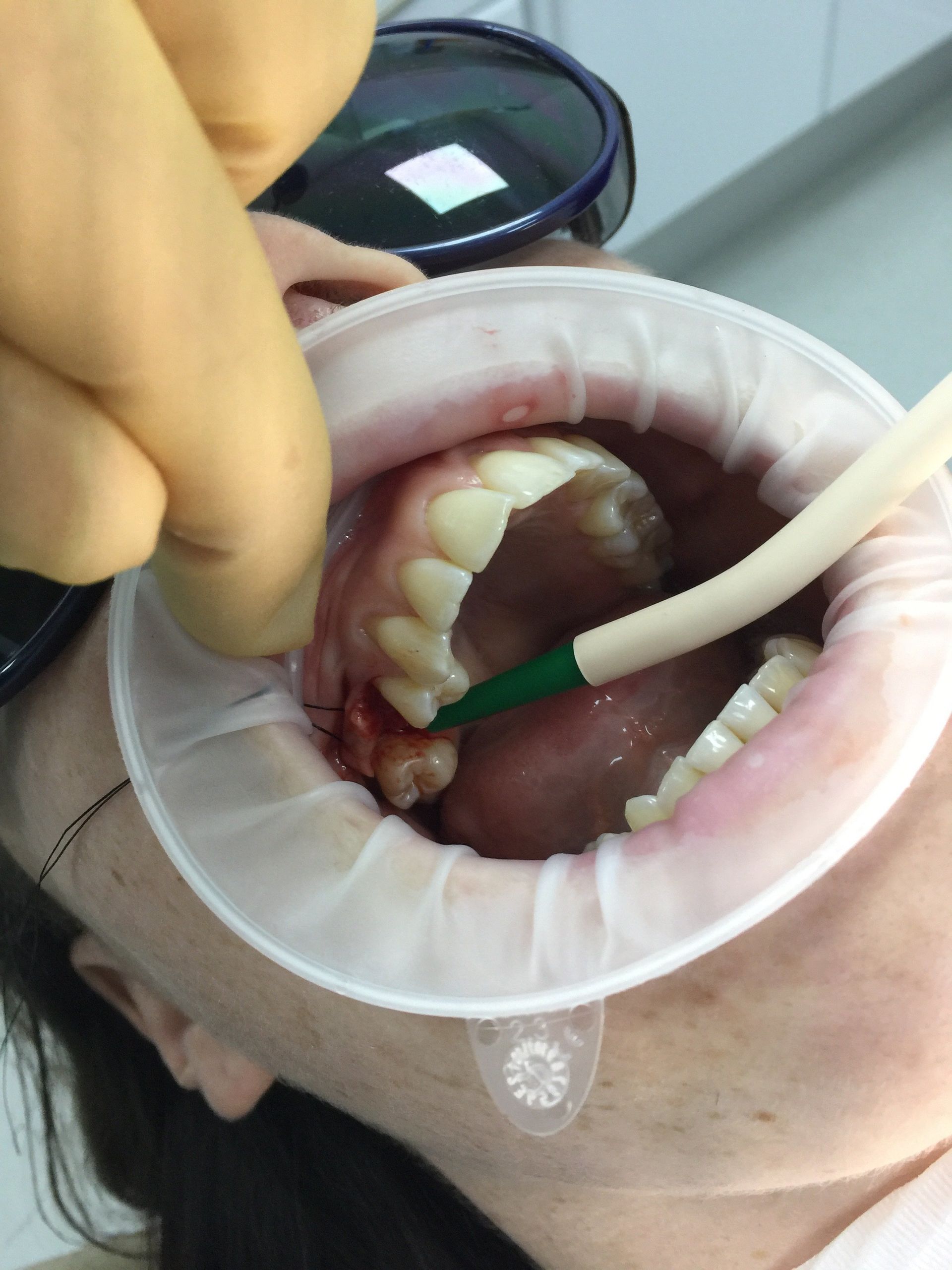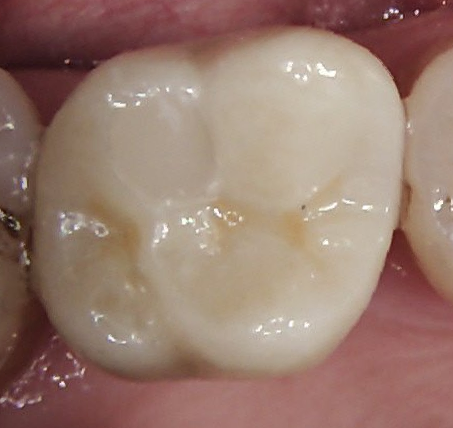"What lab do you use?"
Choosing the right lab will make you a better dentist.
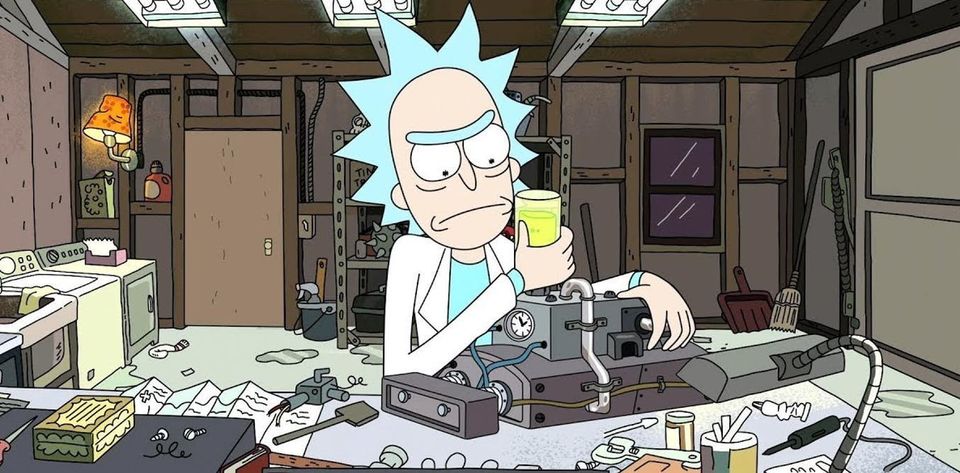
I really do think this question needs to be approached.
Whenever you meet a dentist at a CPD event and you start talking the topic of labwork might come up and the age-old question of "What lab do you use?" inevitably raises its ugly head.
You might be asked this question for a number of reasons:
- The inquisitor might be looking for a good lab and values your opinion
- They might have had their lab on their back and can't understand why so would rather change labs
- They might be judging your professional skills and integrity based on your lab choice
In my opinion this is a very contentious issue for most, but one that is very simple for me.
The qualities of a good lab are:
- An understanding of how difficult both the clinician and the technician's job is and how emotionally charged it can be
- A good system of communication where anything is up for discussion
- Clearly the resources to manufacture the work you need and the professionalism to refer out when they have not
- A reasonable pricing structure that mirrors your own
On point 1 - dentists very often get upset when the lab comments on their handiwork, especially when the patient has been gagging and salivating unreasonably. If the lab want another impression, and it is reasonable, then explain it to the patient, this will add value to the already professional service you offer. After all they are looking at a cast model under a microscope, and you have informed them to tell you right away if anything needs redoing, and there isn't a patient who could argue with that level of accuracy. If you really couldn't take another impression, why not ask the lab to finish the restoration as best they can and then you will take the responsibility if it needs another impression. It is rare that this happens and often the crowns fit great or can be fitted as a temporary, whilst another one is being made. It shouldn't happen that often so won't break the bank.
On point 2 - This means that you have to supply as much information as you can. Supply the most accurate impressions and don't accept poor margins, or material that is not stable. Have a system for taking good shades and photos for characterisation, and write a bit more on the labsheet to tell them exactly what you are expecting, e.g. try and copy the contralateral side, or please copy the alginate enclosed if you have a good temporary. We don't spend hours taking photos, we use our intra-oral camera for most single units, so it doesn't need to be a burden. Shades are taken using a Vita EasyShade, so I don't spend forever attempting to translate underlying mamelons and interproximal shades of ochre, I leave that to the lab with the photos I have sent.
If you had difficulty, tell them in advance, if you think they could have done better tell them exactly why, but don't be too judgemental, they are only working on the information you have given them. If they make a mistake e.g. with implant components, help them rectify the mistake so that it doesn't happen again. We always try to put a face to the labs we use, so we often visit them to see who they are and what circumstances they work under. Not many dentists do this by you rely on them more than your family!
On point 3 - If you want to produce amazing CAD/CAM restorations in Zirconia, make sure they have the compatible software and hardware. Lots of labs promise to cover every type of restoration but may not have the resources to do what you want. A great lab will admit this and ask you if you want them to source additional lab services, but some will hope you just don't notice. This often leads to inconsistency and a lack of direct responsibility.
On point 4 - You will know the value of your final work to the patient, and your price list will reflect this. It is neither sensible or ethical to use a lab you can't afford just because everyone who is someone uses them, or to use a lab that is a tiny portion of your overall fee. As a rule of thumb your lab fees should be around 25% the overall cost of a treatment. Of course this varies but you will know if you are chipping your patients, or driving yourself into bankruptcy.
You are responsible for the work you fit, and that work reflects on you directly within your community. Fitting great work makes everyone in the team, as well as the patient, excited and seeing the patients coming back for exams with that great work makes for a less stressed worklife. Good labwork promotes you and gets you new patients.
In short - don't choose a lab:
- Based on cost (either High or Low!)
- Based on advertising
- Based on peer-pressure
Phone the labs yourself or better still visit before you send them a case, and tell them how you prefer to work and ask them if they have anyone else who works the same. If they do work like you, they will be enthusiastic to tell you the best way to transfer information, and you will see all the technicians working with photos in front of them, and there will usually be a healthy bit of banter if they all enjoy working there.
ID Blog
